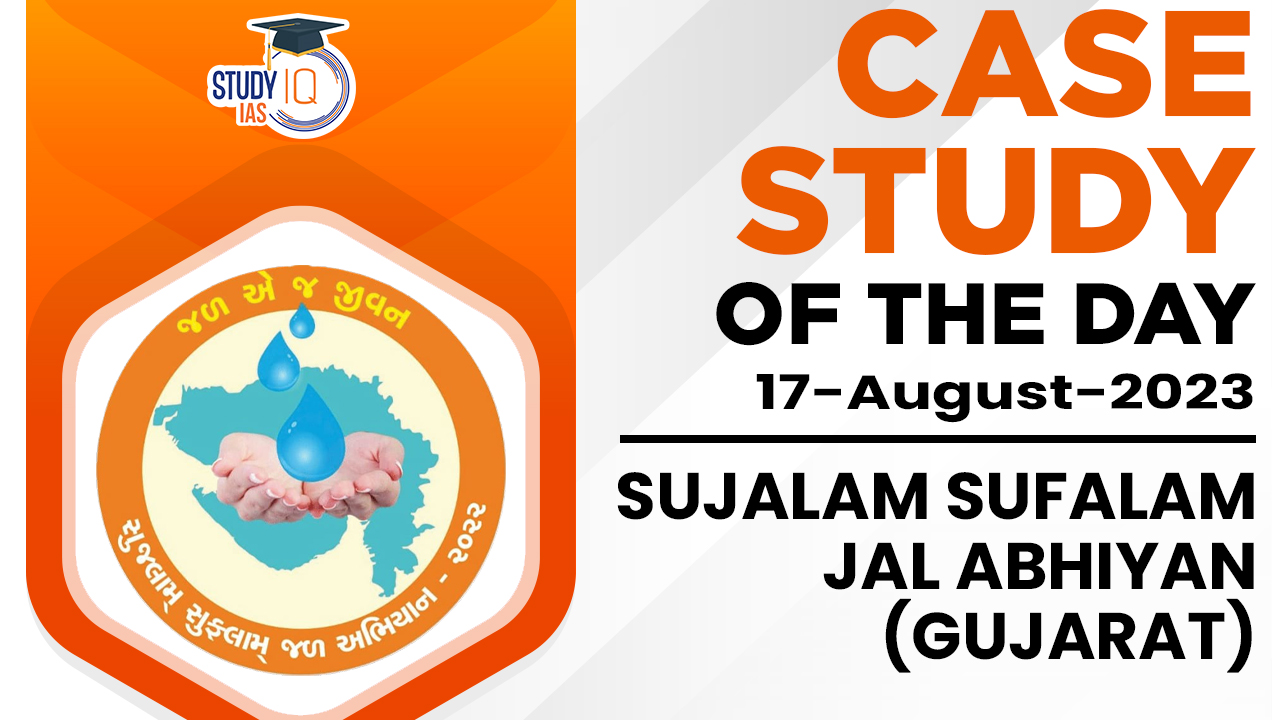Table of Contents
Gujarat is a semi-arid state in India that is prone to droughts. In order to address the water scarcity problem, the Gujarat government launched the SSJA in 2018. The main objective of the SSJA is to increase the water storage capacity of the state by constructing new water bodies, desilting existing water bodies, and repairing water infrastructure.
Implementation
The SSJA is implemented by the Gujarat Water Resources Department (GWRD). The GWRD has divided the state into 10 watershed development units. Each watershed development unit has a project implementation team that is responsible for implementing the SSJA in that area.
The SSJA activities include
- Construction of new water bodies such as ponds, lakes, and check dams.
- Desilting of existing water bodies.
- Repairing of water infrastructure such as canals and pipelines.
- Rainwater harvesting.
- Water conservation awareness campaigns.
Impact
In the first five years of the scheme, the state government has constructed over 100,000 water bodies, desilted over 50,000 water bodies, and repaired over 10,000 kilometers of canals. These activities have helped to increase the water storage capacity of the state by over 86 million cubic meters.
Challenges
The SSJA has faced some challenges, such as a lack of funds, a shortage of skilled manpower, and resistance from some farmers. However, the government has taken steps to address these challenges. For example, the government has increased the budget for the SSJA and has launched training programs for skilled manpower.
The scheme has helped to increase the water storage capacity of Gujarat and has made the state more resilient to droughts. The SSJA is a model for other states in India that are facing water scarcity problems.
The SSJA is a valuable example of how a government can work with local communities to address water scarcity. The scheme has shown that it is possible to make a significant difference in water conservation with the right planning and implementation.


 Justice BR Gavai will take oath as 52nd ...
Justice BR Gavai will take oath as 52nd ...
 Harnessing Spiritual Aastha for River Re...
Harnessing Spiritual Aastha for River Re...
 Daily Quiz 18 April 2025
Daily Quiz 18 April 2025





















